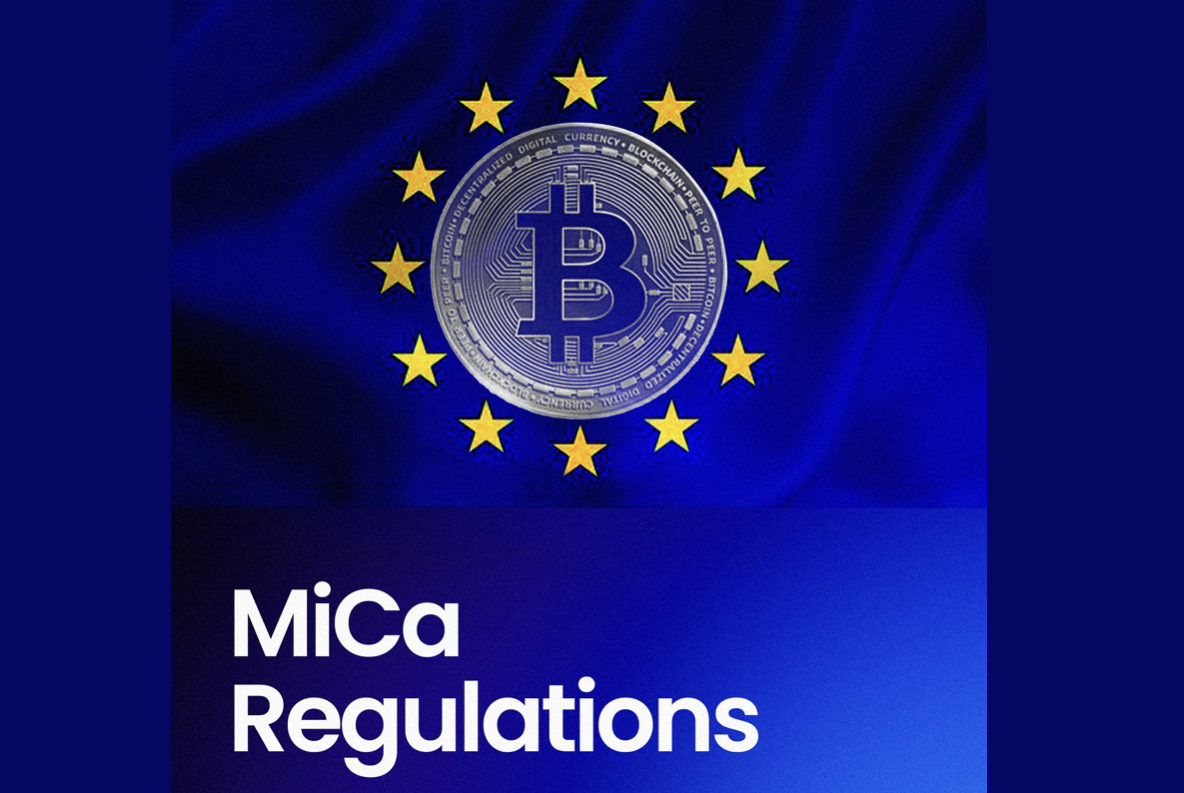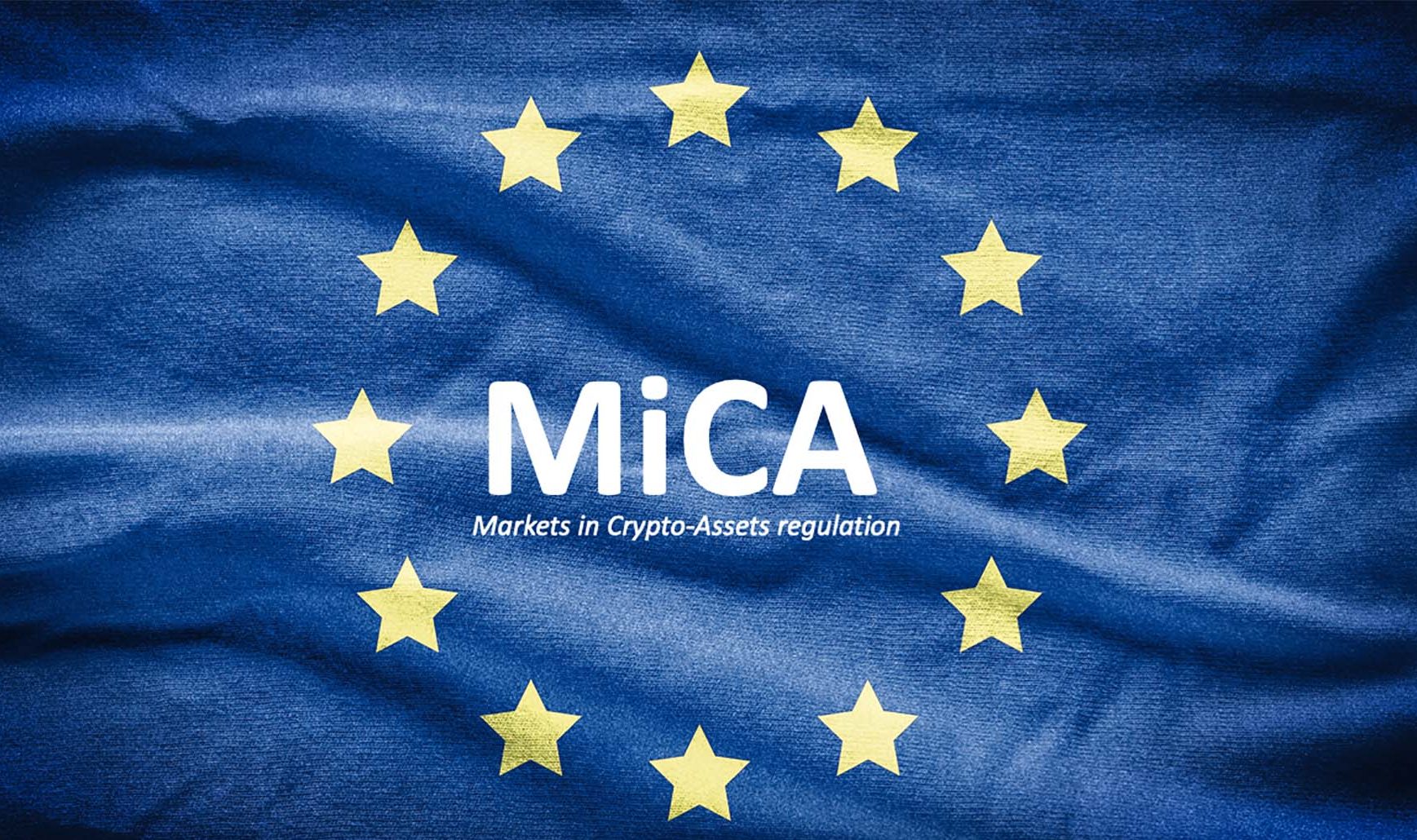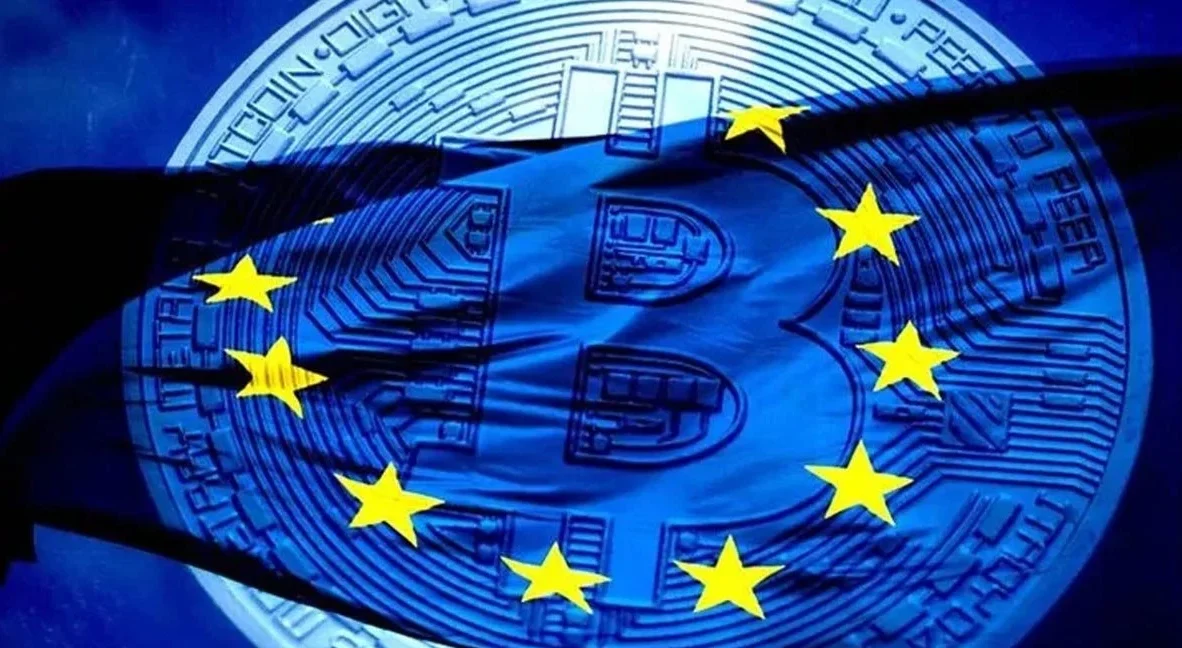An important turning point in the global drive to regulate the cryptocurrency industry was reached on December 30, 2024, when the European Union’s Markets in Crypto-Assets Regulation (MiCA) went into full force. MiCA, the first significant jurisdiction to enact a thorough legal framework for crypto-assets, seeks to improve investor protection, promote innovation in the digital finance sector, and offer legal clarity.
One of the main features of MiCA is the “passporting” systewhich permits crypto-asset service providers (CASPs) licensed in one member. State to operate throughout the entire EU. MiCA replaces the fragmented national regulations that previously defined the crypto landscape with a unified regulatory approach across all 27 EU member states. It is anticipated that this harmonization will simplify compliance procedures, lower operating costs, and promote cross-border business activities.
 E-Money Tokens (EMTs), Asset-Referenced Tokens (ARTs), and Utility Tokens are the three primary categories into which the regulation divides cryptoassets. Regulations pertaining to capital reserves, consumer protection, and transparency are particular to each category. Stablecoins that are categorized as ARTs, for example, are required to keep a sizable amount of their reserves in low-risk EU-based assets; larger issuers, such as Tether, must have at least 60% of their holdings in these assets.
E-Money Tokens (EMTs), Asset-Referenced Tokens (ARTs), and Utility Tokens are the three primary categories into which the regulation divides cryptoassets. Regulations pertaining to capital reserves, consumer protection, and transparency are particular to each category. Stablecoins that are categorized as ARTs, for example, are required to keep a sizable amount of their reserves in low-risk EU-based assets; larger issuers, such as Tether, must have at least 60% of their holdings in these assets.
The general architecture of MiCA notwithstanding, EU member states differ in how its requirements are applied and enforced. MiCA has been deliberately adopted by nations including France, Malta, and Germany, creating distinct regulatory channels for cryptocurrency enterprises. For instance, the “FinmadiG” law in Germany harmonizes national laws with MiCA, allowing for a smooth transition for already-existing cryptocurrency companies.
Other countries, however, have difficulty bringing their domestic legislation into compliance with MiCA’s mandate. The Crypto Markets Act, which was introduced by Estonia. Acountry renowned for its strict anti-money laundering (AML) laws, substantially resembles the provisions of MiCA. The quick implementation schedule, however, has made it difficult for regional cryptocurrency companies to comply.
Due to these differences, the EU may have an unequal regulatory environment. Which could result in regulatory arbitrage—the practice of cryptocurrency companies choosing locations with more hospitable regulations. This issue emphasizes the necessity for consistent enforcement and coordination among national regulators to ensure the effectiveness of MiCA across the EU.
MiCA Protections and Challenges
Through strict disclosure requirements, governance norms, and capital adequacy guidelines for CASPs, MiCA provides investors with improved protections. The rule lowers the possibility of fraud and deception by requiring cryptocurrency companies to disclose clear and accurate information about their business practices. A fair and open trading environment is another goal of MiCA’s regulations on insider trading and market abuse.
But there are additional difficulties that come with putting MiCA into practice. Because of the accompanying expenses and operational changes, smaller cryptocurrency companies can find it difficult to comply with the regulations. The sector may consolidate as a result, with bigger companies purchasing smaller businesses that can not meet the new rules.
 Furthermore, there is ongoing discussion on the regulation’s effect on innovation. Although the goal of MiCA is to establish legal certainty, some critics contend that its onerous requirements may hinder innovation, especially in new fields such as decentralized finance (DeFi). For instance, the EU’s ban on providing interest-bearing services for stablecoins may restrict the advancement of specific financial products.
Furthermore, there is ongoing discussion on the regulation’s effect on innovation. Although the goal of MiCA is to establish legal certainty, some critics contend that its onerous requirements may hinder innovation, especially in new fields such as decentralized finance (DeFi). For instance, the EU’s ban on providing interest-bearing services for stablecoins may restrict the advancement of specific financial products.
MiCA Regulatory Challenges
MiCA’s efficacy will rely on how consistently and cooperatively EU member states carry out and oversee its requirements as it is enforced. The success of the policy will also depend on its capacity to adjust to the quickly changing cryptocurrency landscape while striking a balance between the need to protect investors and encourage innovation.
To sum up, MiCA is an important step toward a united and regulated European cryptocurrency market. Although it gives firms a clearer framework and better protections for investors. The different ways it is implemented in different member. States and the possible obstacles to innovation show how difficult it is to regulate a dynamic. International economy. To overcome these obstacles and guarantee the sustained expansion and stability of the cryptocurrency market in the EU, regulators, business leaders, and legislators must continue to communicate and work together.
Final thoughts
A historic attempt to provide uniformity, transparency. And protection to the quickly developing cryptocurrency industry is the EU’s Markets in Crypto-Assets Regulation (MiCA). MiCA seeks to safeguard investors through stringent transparency and governance standards. Streamline cross-border activities, and promote innovation by establishing a single legal framework and passporting mechanism.
Nonetheless, the piece correctly points out important obstacles that still exist. Member states’ varying rates and approaches to implementation run the danger of causing regulatory fragmentation. Weakening MiCA’s harmonization objectives, and perhaps promoting regulatory arbitrage. Smaller cryptocurrency companies may find it difficult to cover regulatory expenses, which might hasten market consolidation and reduce competition. Furthermore, worries about how MiCA may affect innovation—particularly in new fields like DeFi—highlight the fine line regulators must draw between monitoring and facilitating new technologies.
All things considered, MiCA is an essential first step toward a regulated European cryptocurrency market. But its effectiveness will mostly rely on constant enforcement. Continued cooperation among stakeholders, and flexibility in response to the industry’s quick changes. The paper offers a careful, well-rounded summary that highlights the potential and difficulties of managing digital assets in a dynamic, varied environment.



